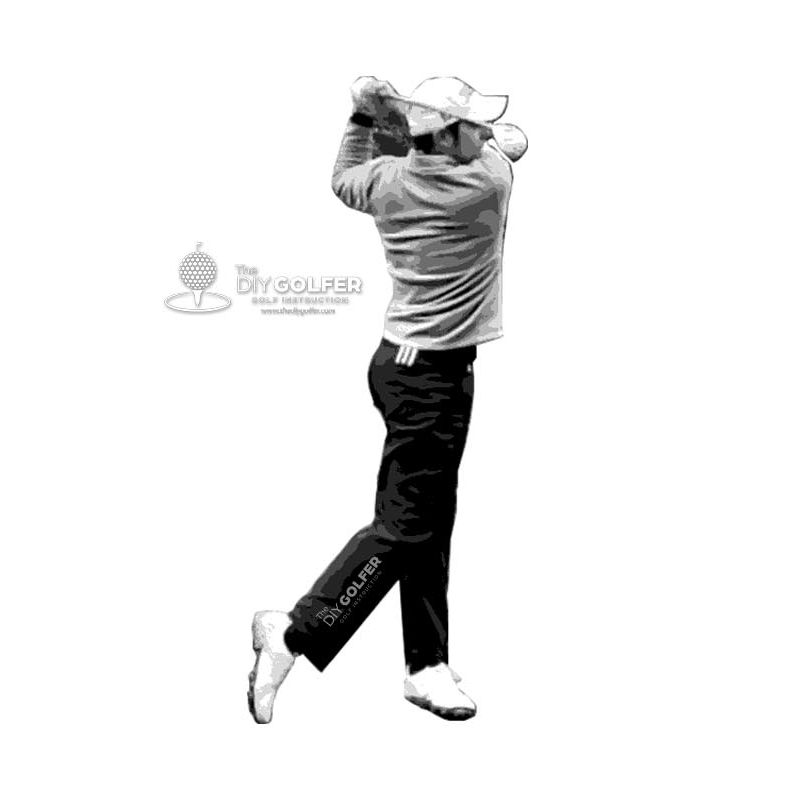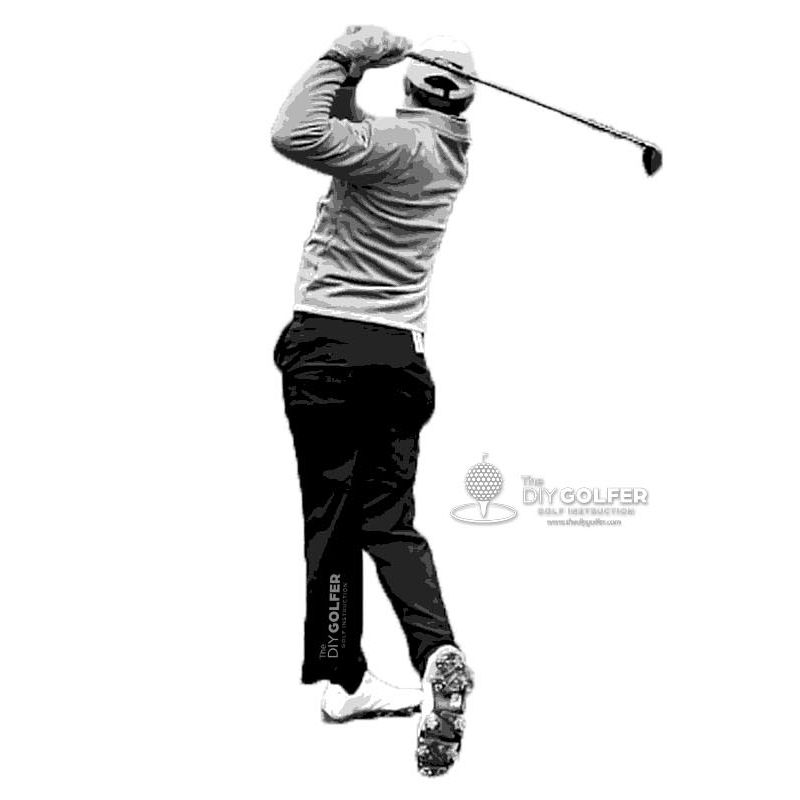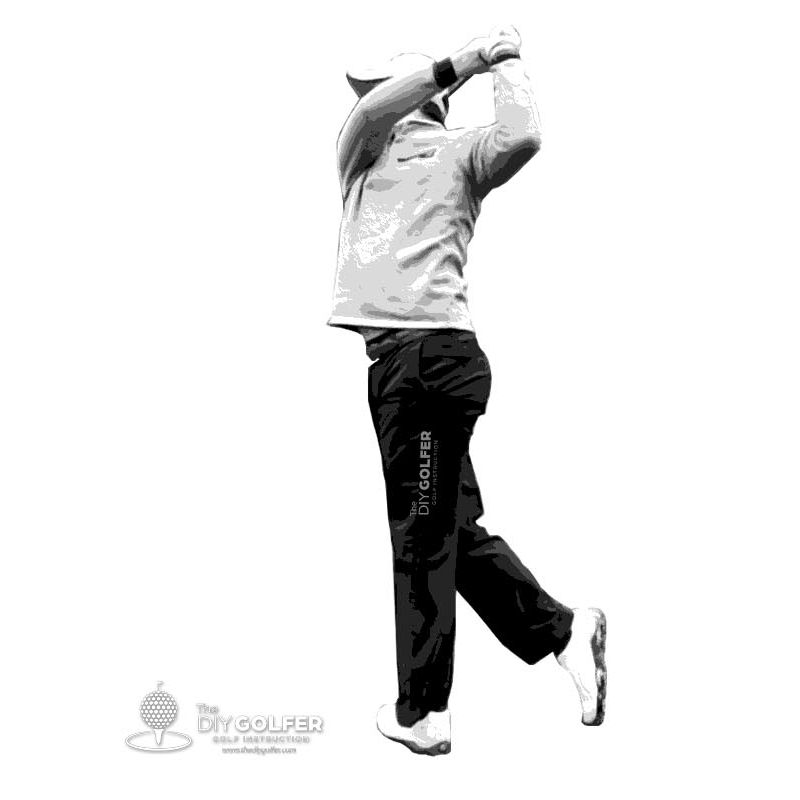Golf Swing Positions: P Classification System
L️earn the positions of the golf swing with the P Classification System. This system is used by the best golf instructors in the world.
Golf Swing Position: Address (P1)
Address, or "P1" is the position the golfer takes prior to making a swing. Jack Nicklaus has called this the most important part of the golf swing!
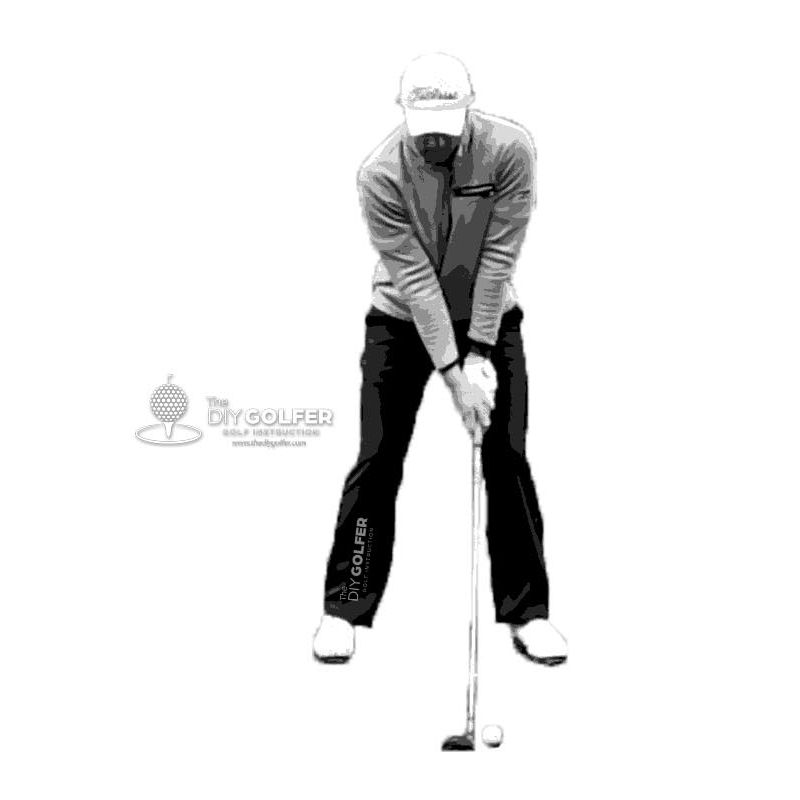
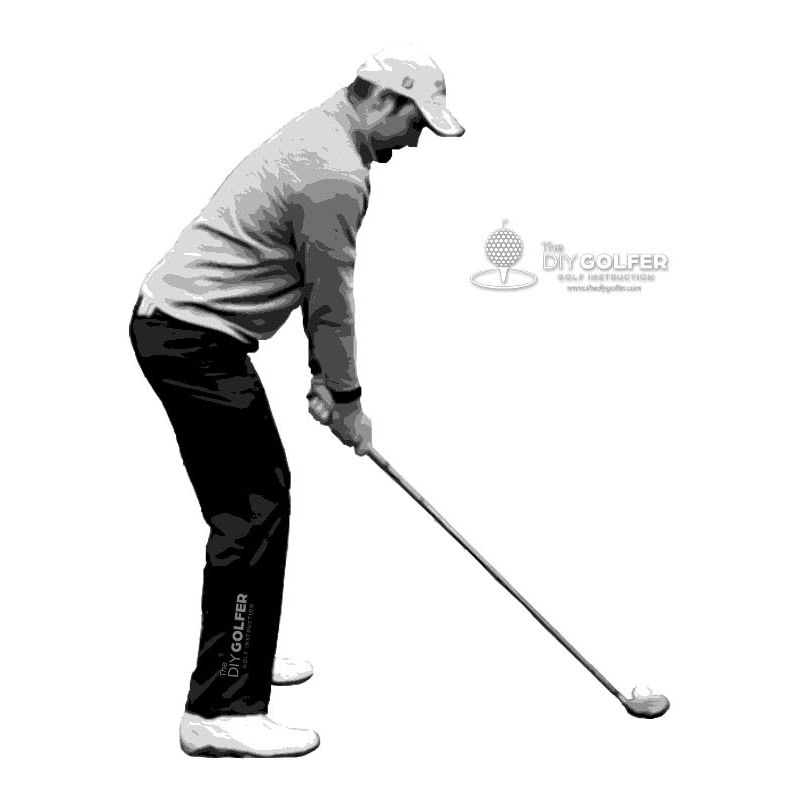
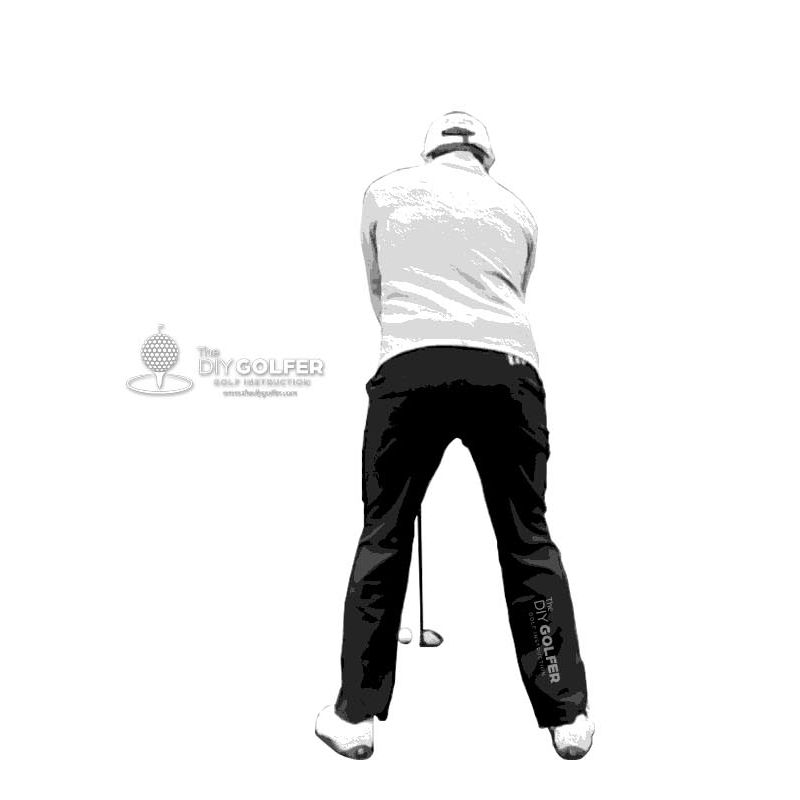
Golf Swing Position: Takeaway (P2)
The takeaway, or "P2" is the start of the golf swing and absolutely critical for getting the swing on the correct inclined plane.
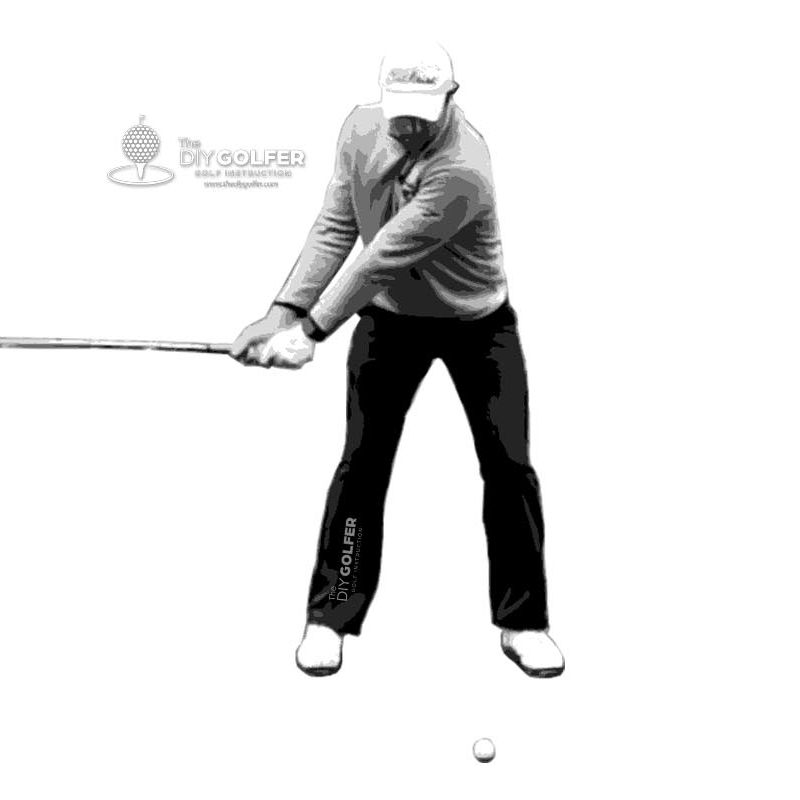
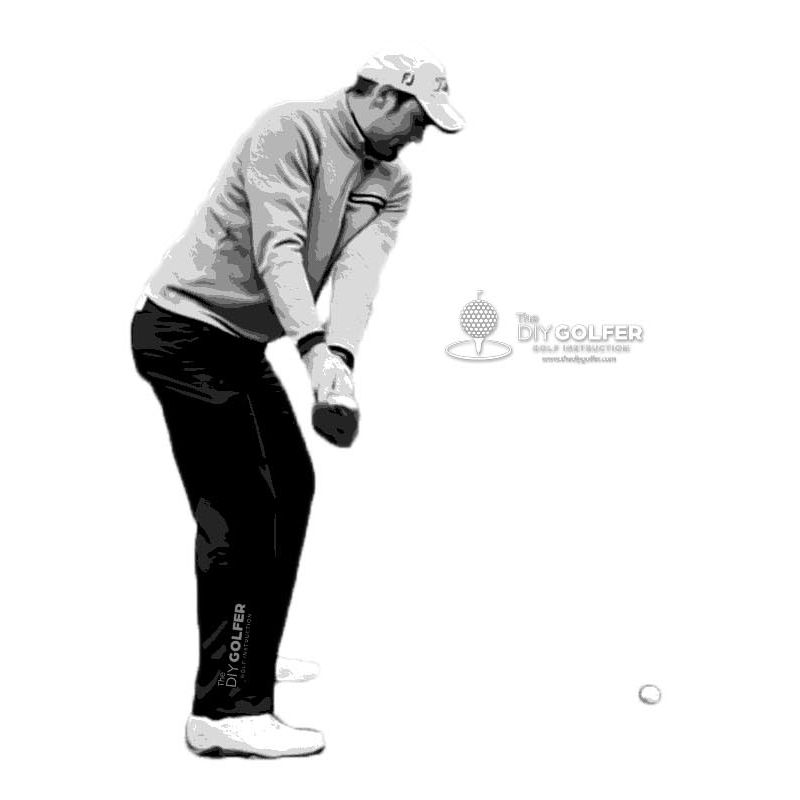
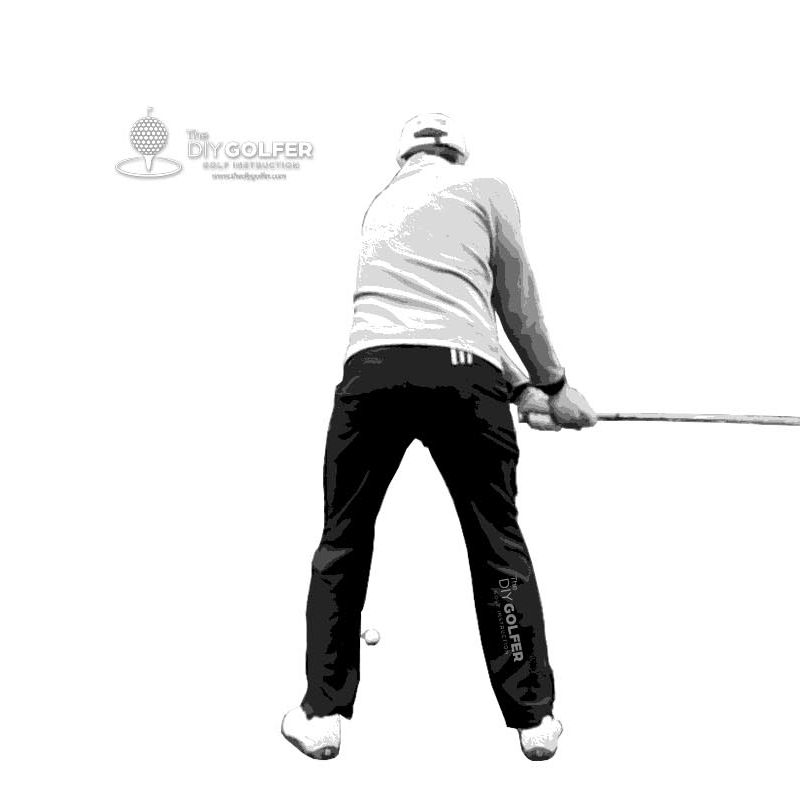
Golf Swing Position: Mid Backswing (P3)
The mid-backswing, or "P3" is the movement where the golfer is rotating the arms and hips to reach the top of the swing and is critical to a good motion!
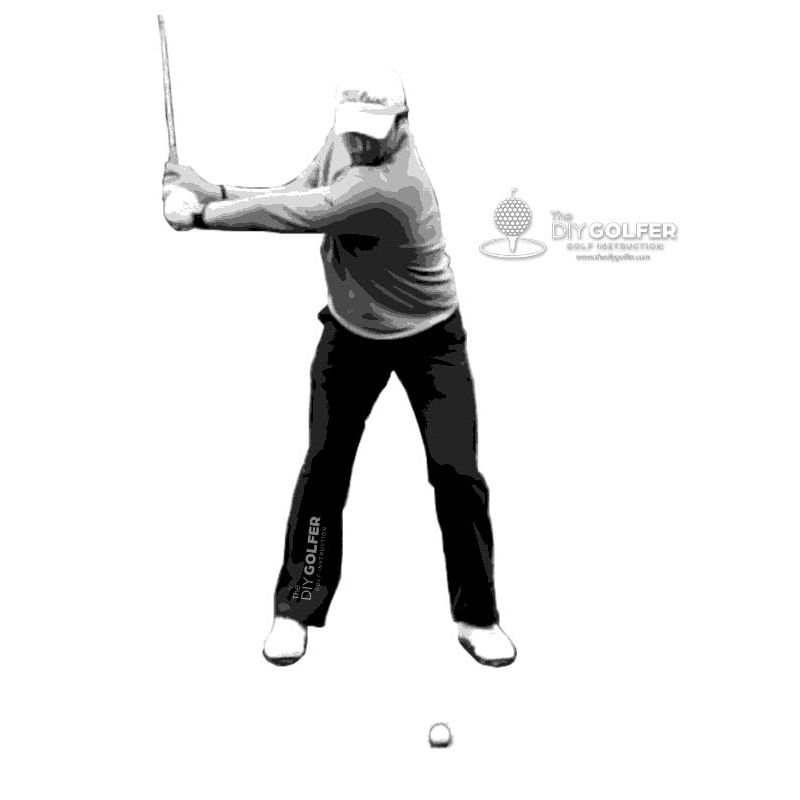
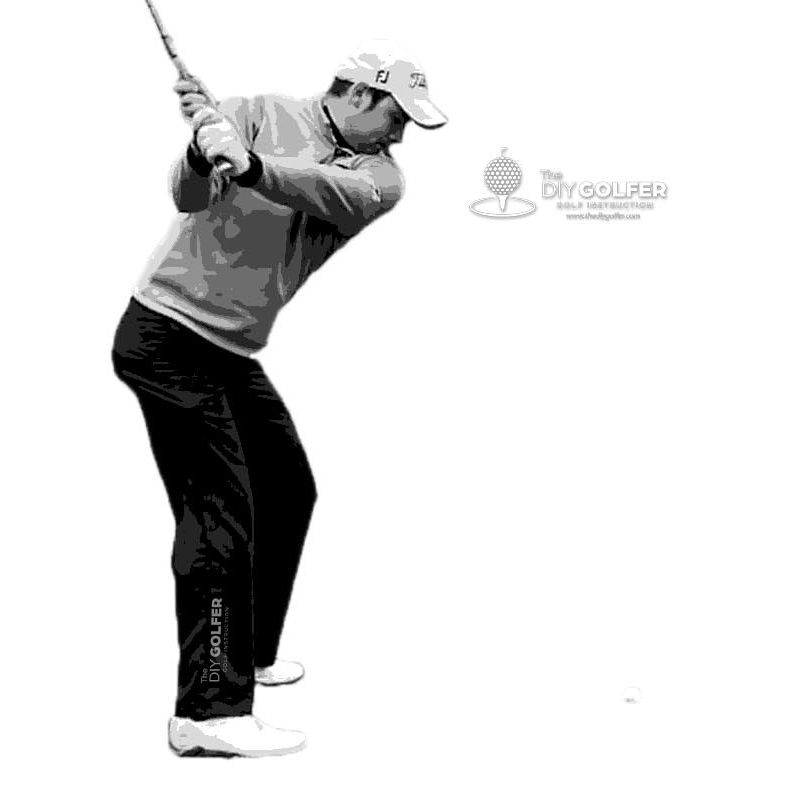
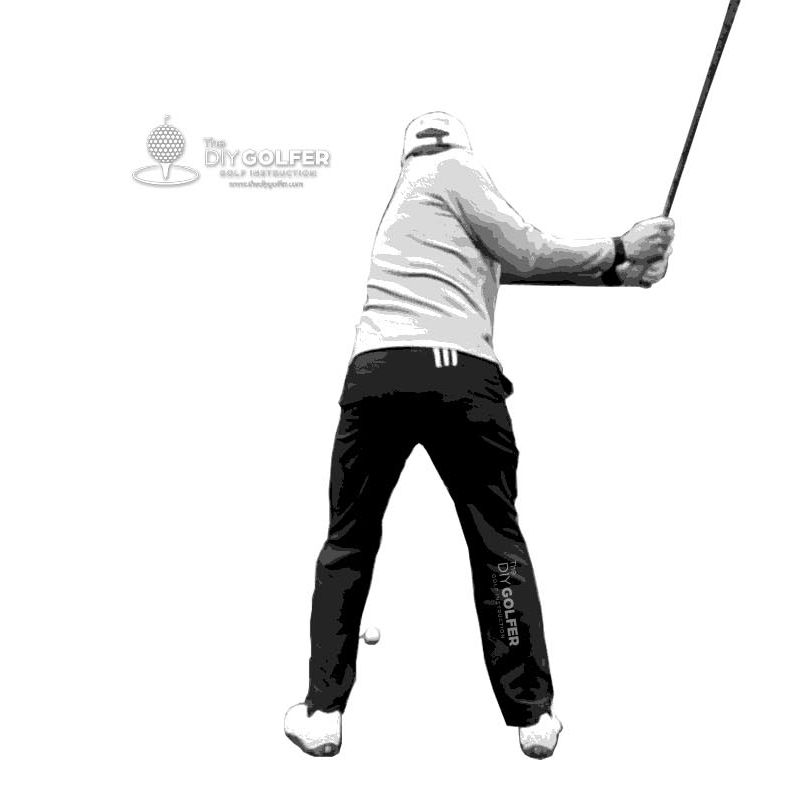
Golf Swing Position: Top of Swing (P4)
The top of the swing, or "P4" is the moment before the golfer makes the transition move and is absolutely critical to the golf swing!
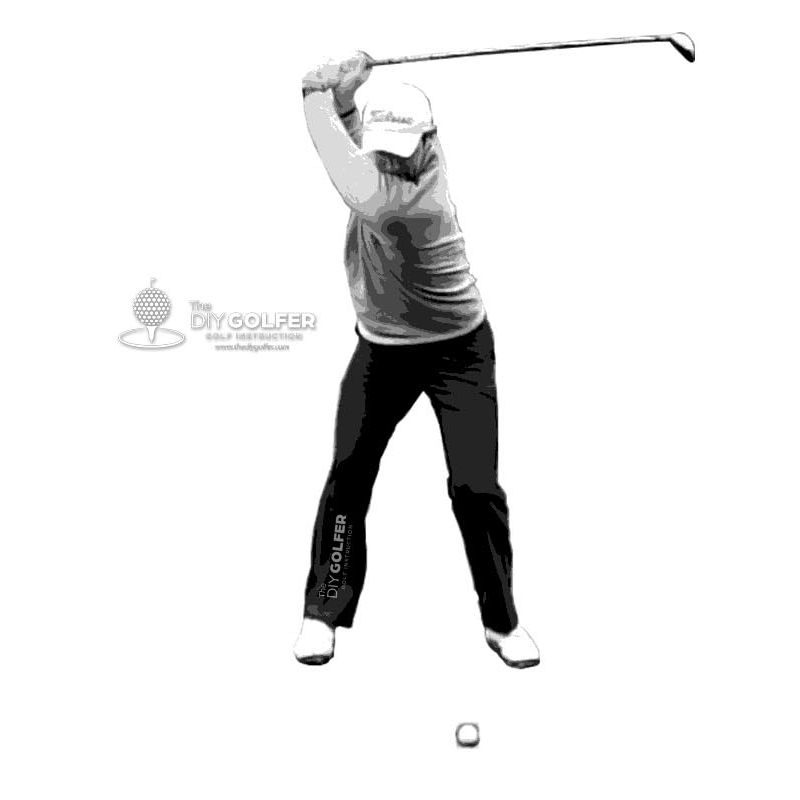
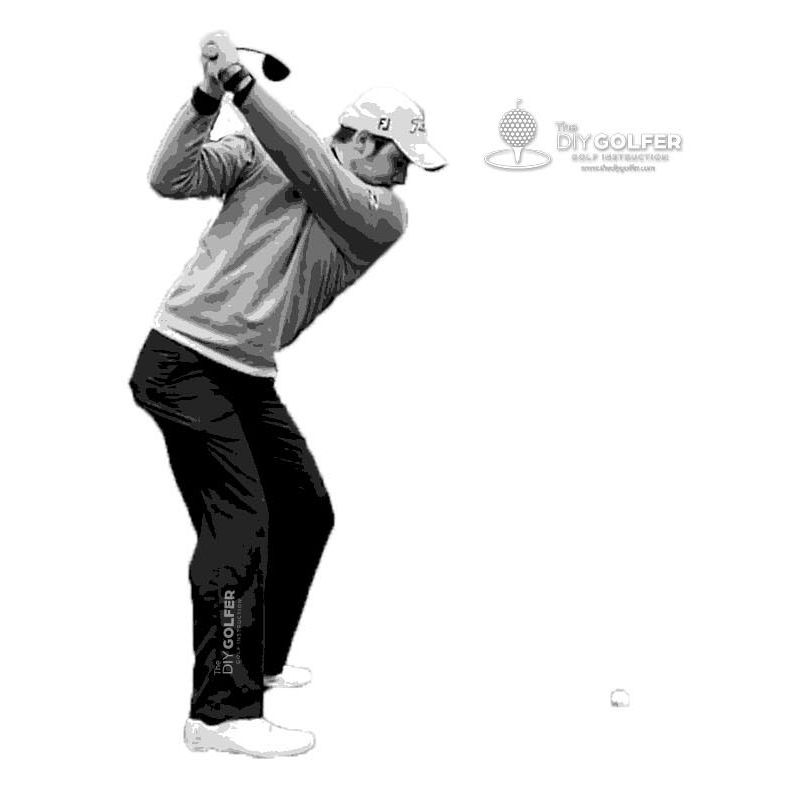
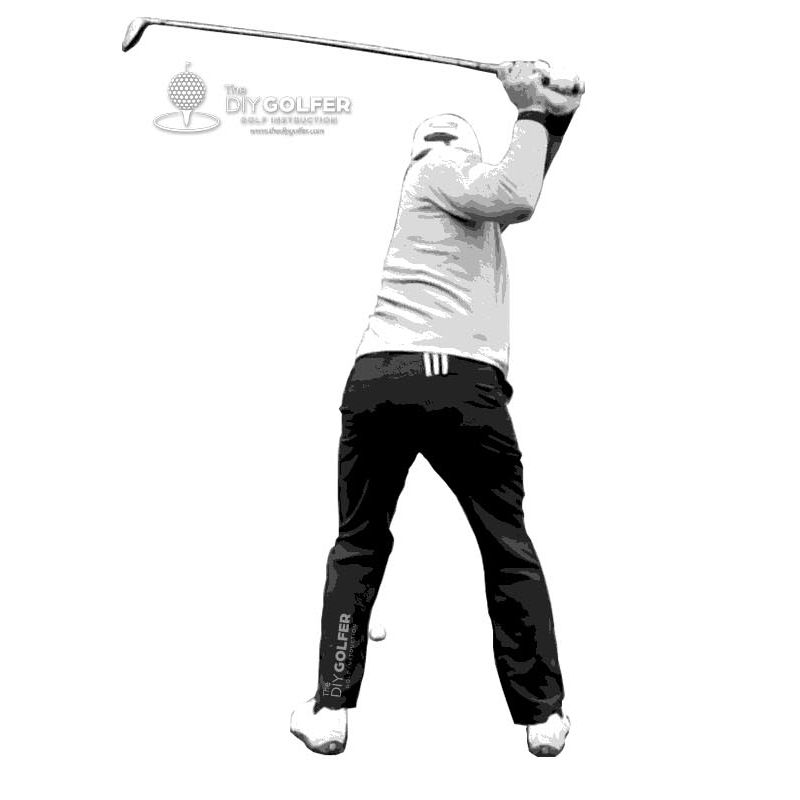
Golf Swing Position: Transition (P5)
The transition, or "P5" is the moment the golf swing changes directions. This is one of the hardest and most important moves to master in golf.
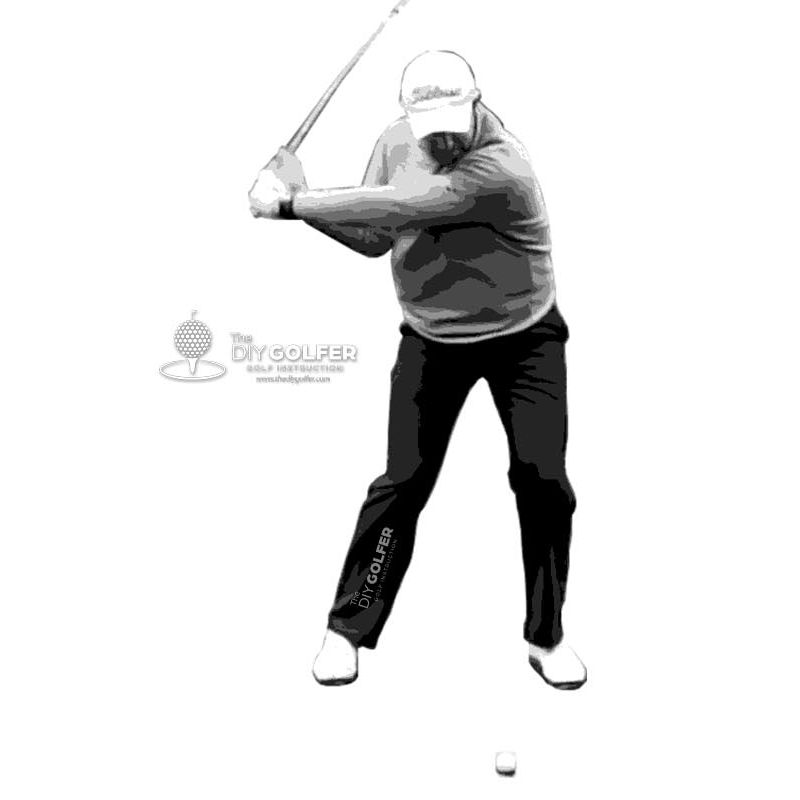
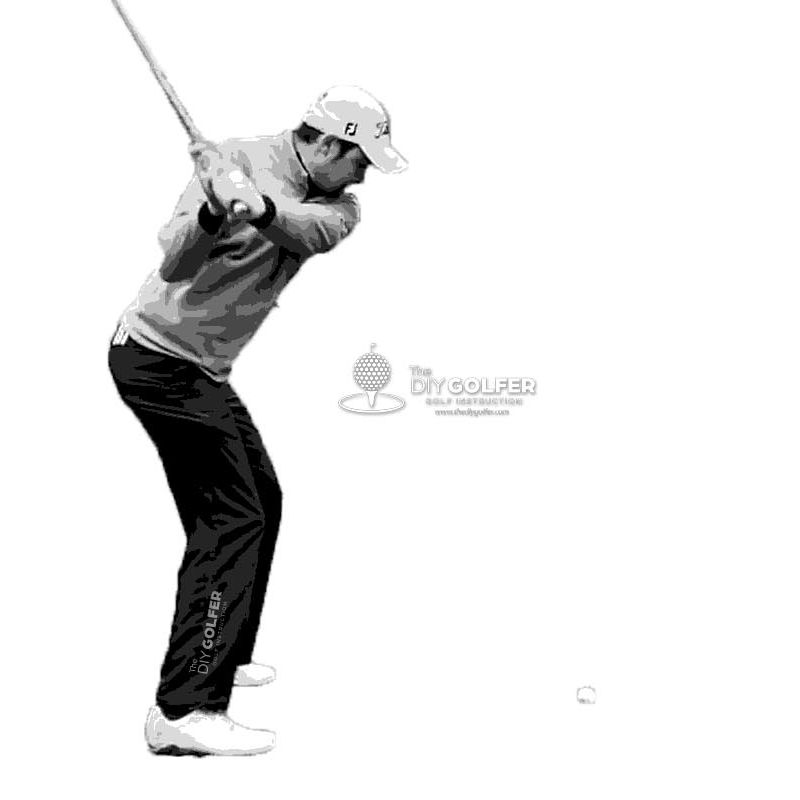
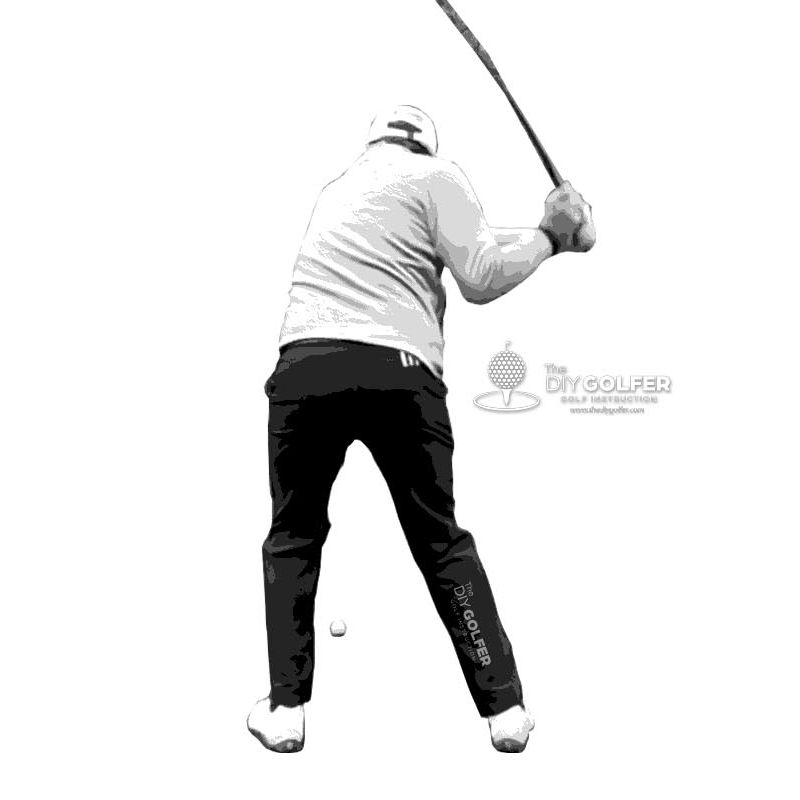
Golf Swing Position: Pre-Impact (P6)
Pre-impact, or "P6" is the moment before impact, and while the golfer doesn't consciously control this, a strong pre-impact position is crucial!
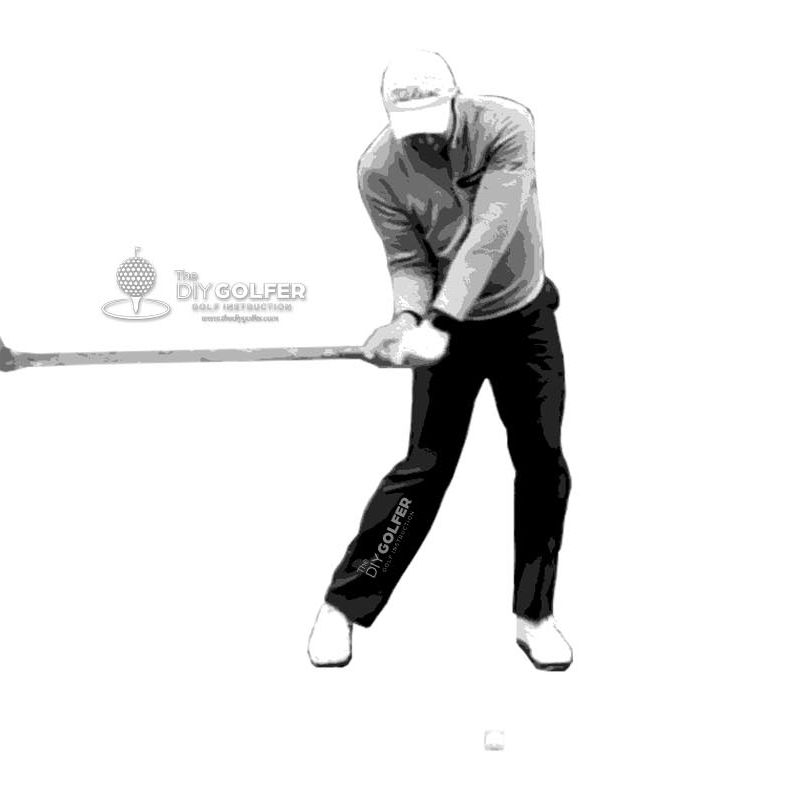
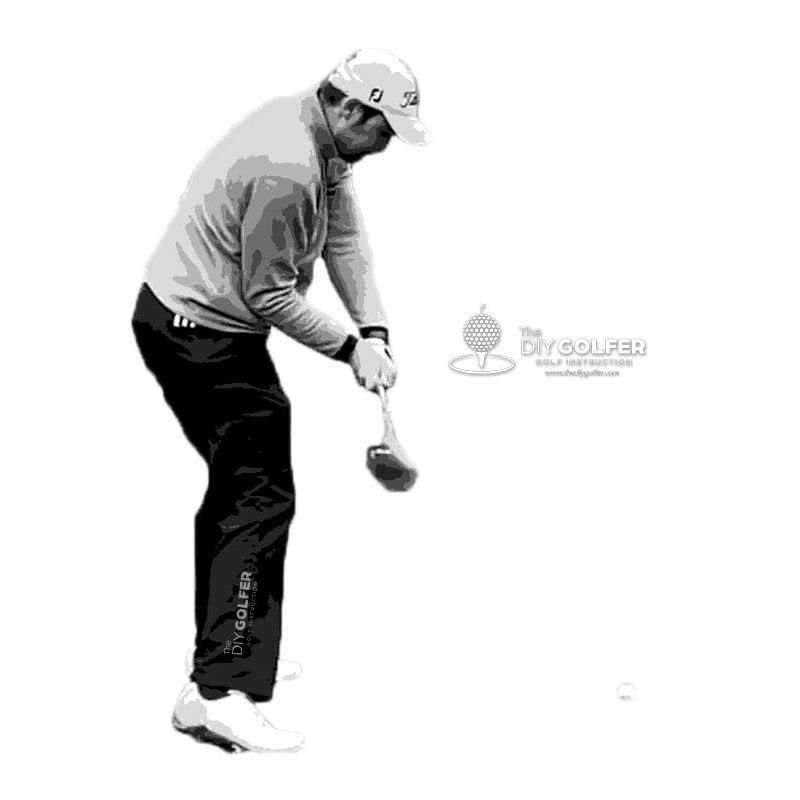
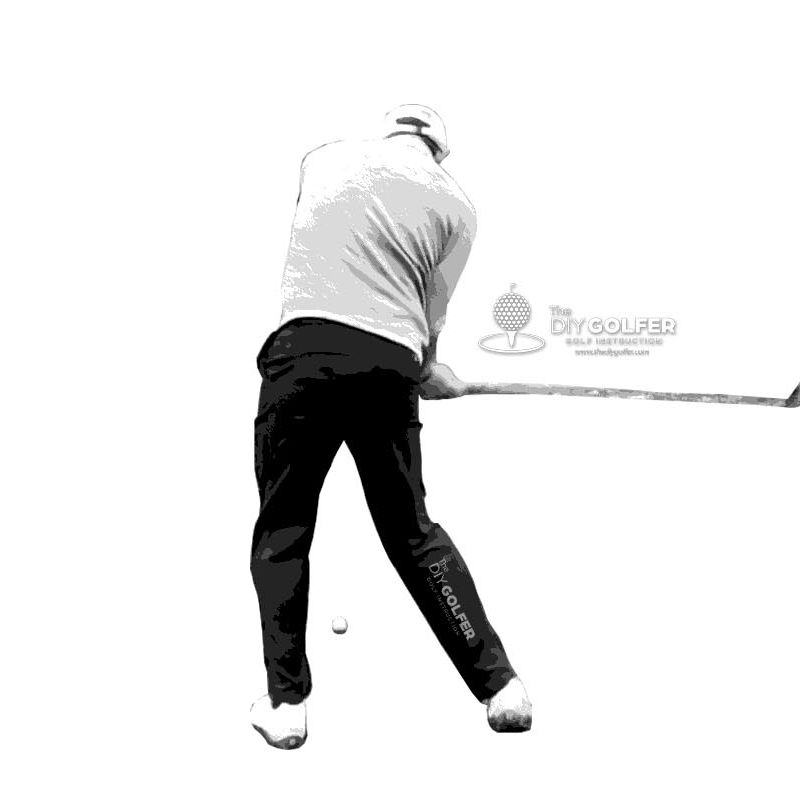
Golf Swing Position: Impact (P7)
Impact, also called "P7", or "The Moment of Truth" is the single determining factor in where the golf ball goes and is the effect of other movements.
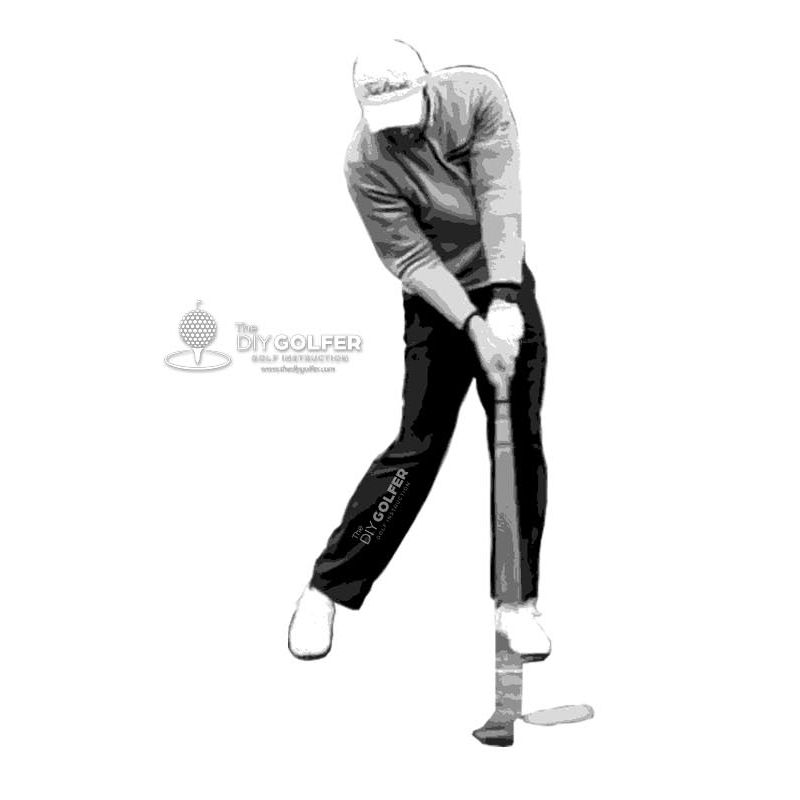
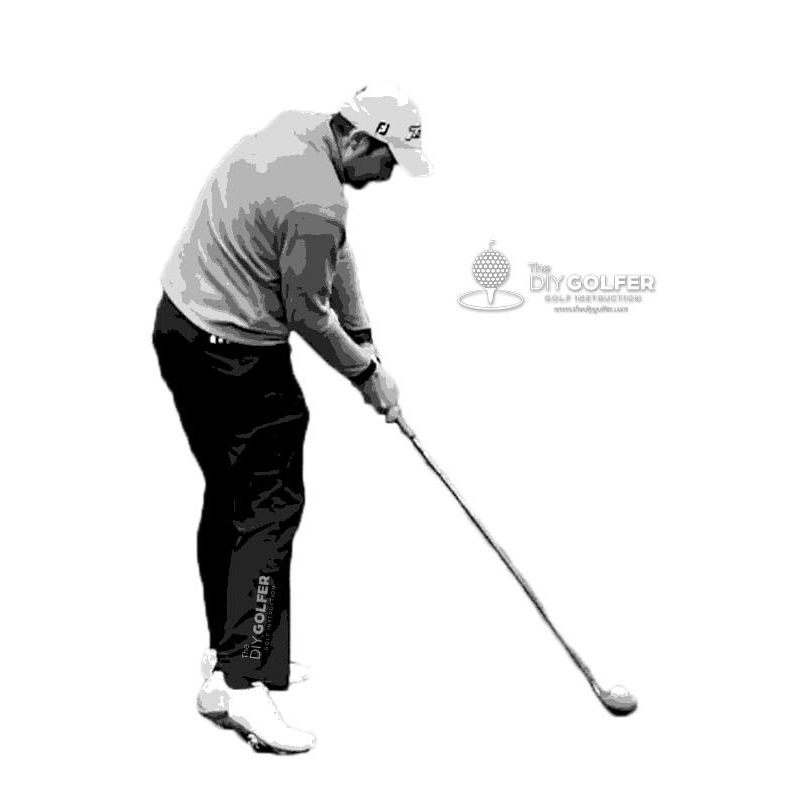
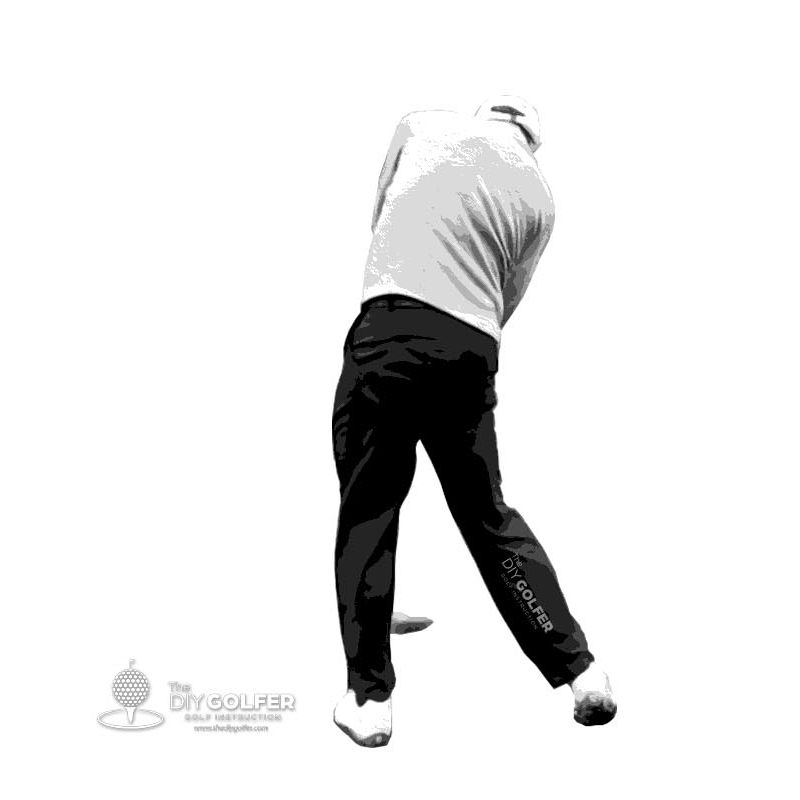
Golf Swing Position: Release (P8)
The release, or "P8" is the moment just after impact, and is critical that the golfer continues to rotate the body through this position!
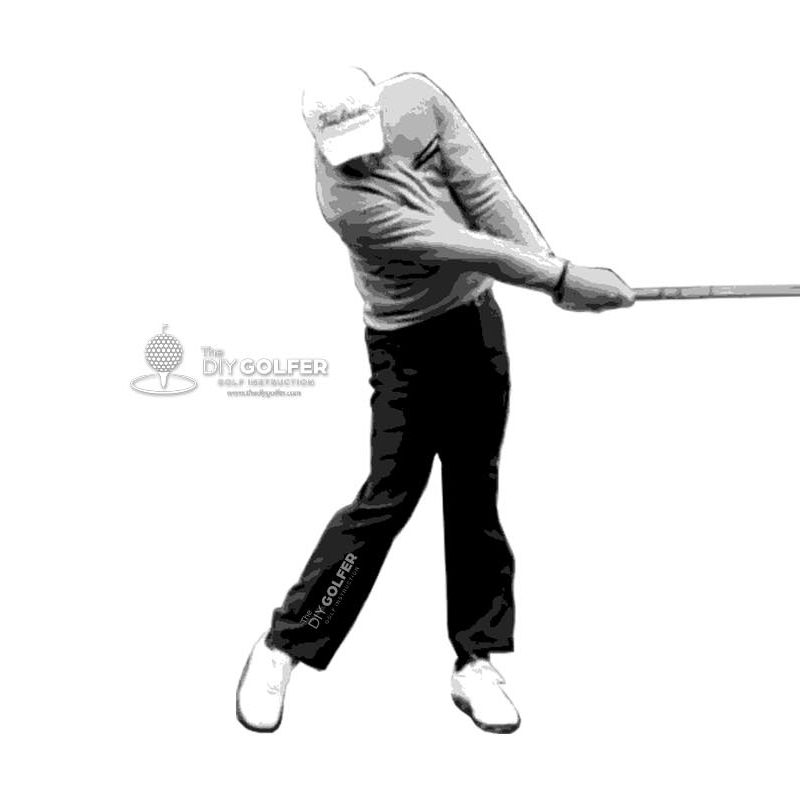
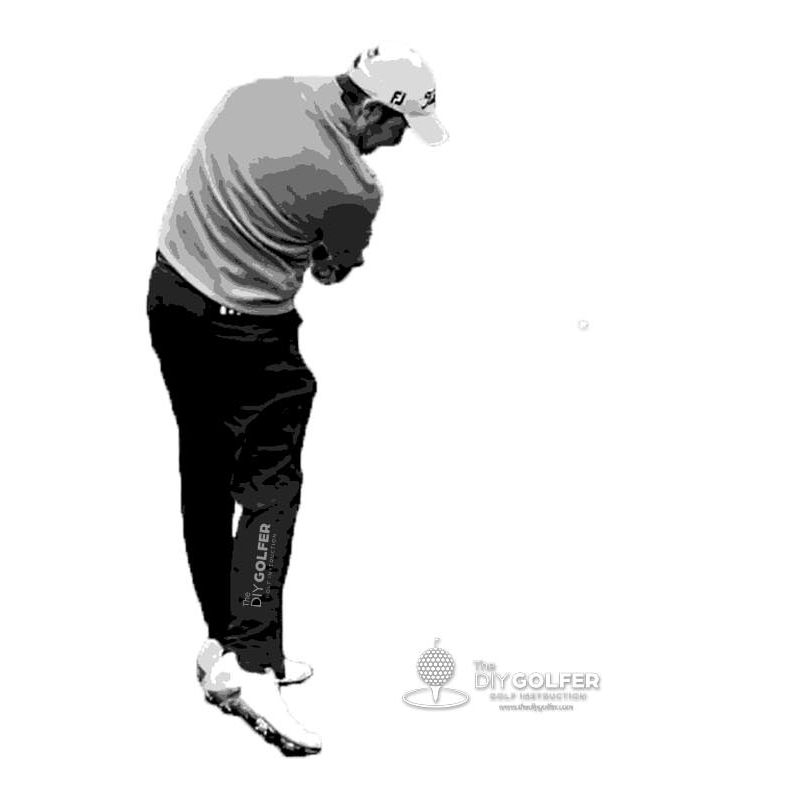
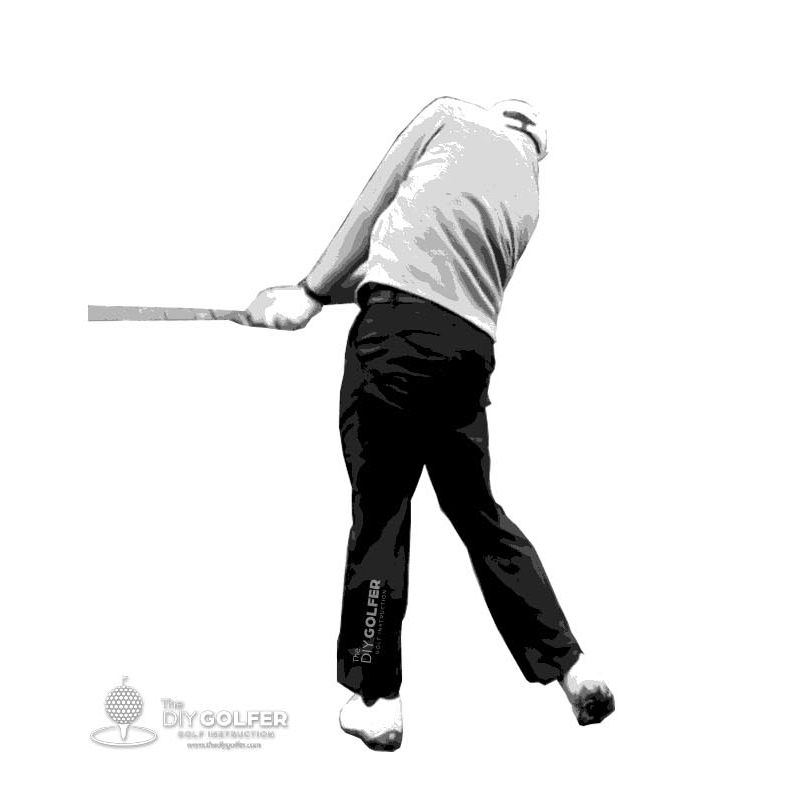
Golf Swing Position: Follow Through (P9)
The follow-through, or "P9" is when the golfer has struck the ball and the momentum of the golf club propels it into the finish.
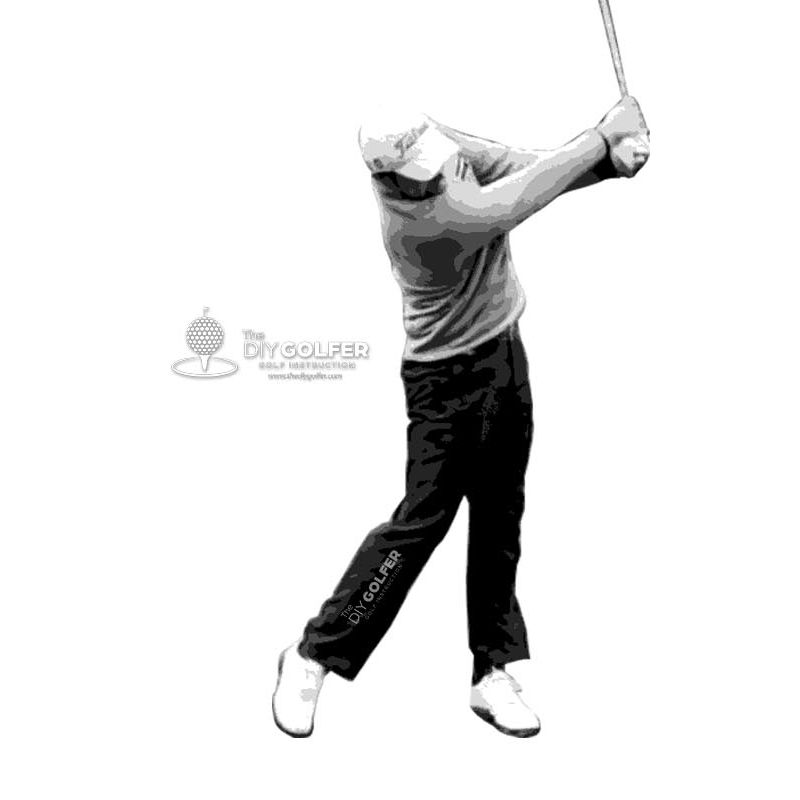
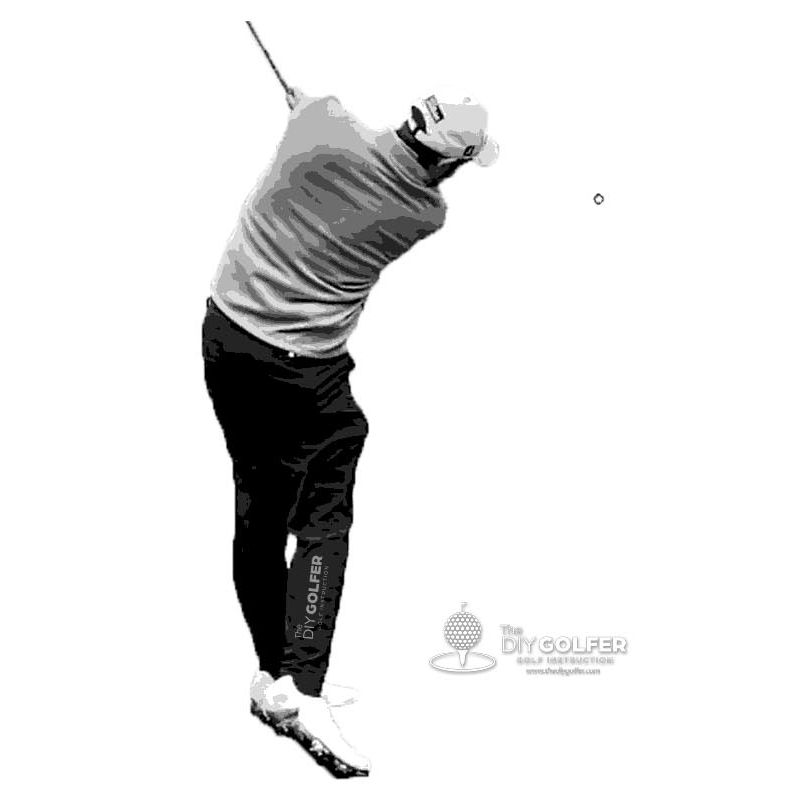
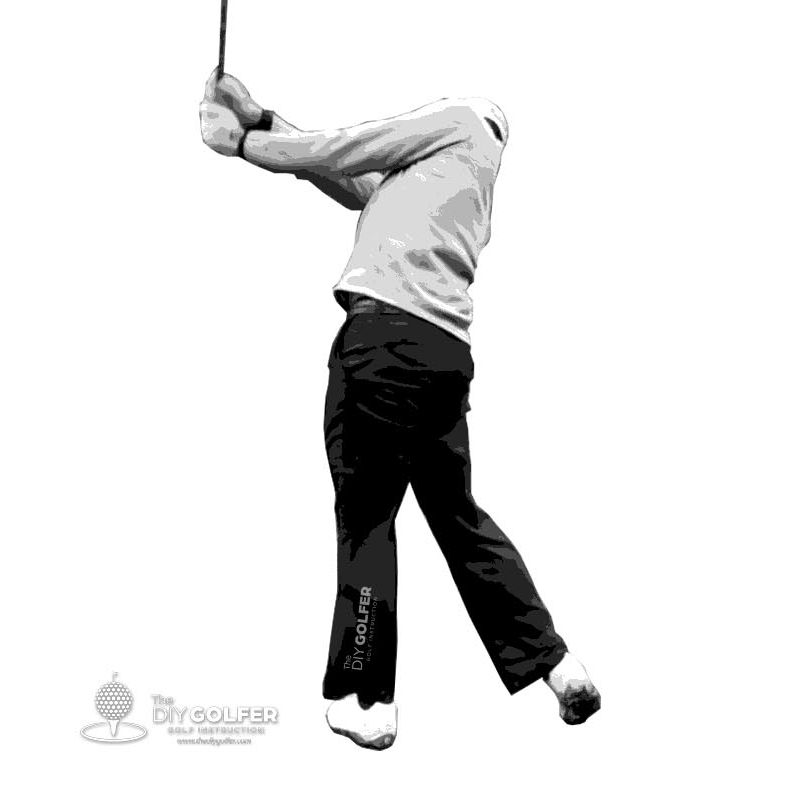
Golf Swing Position: Finish (P10)
The finish, or "P10" is the final part of the golf swing. While it may not seem important, holding a balanced finish is crucial to making a great golf swing!
